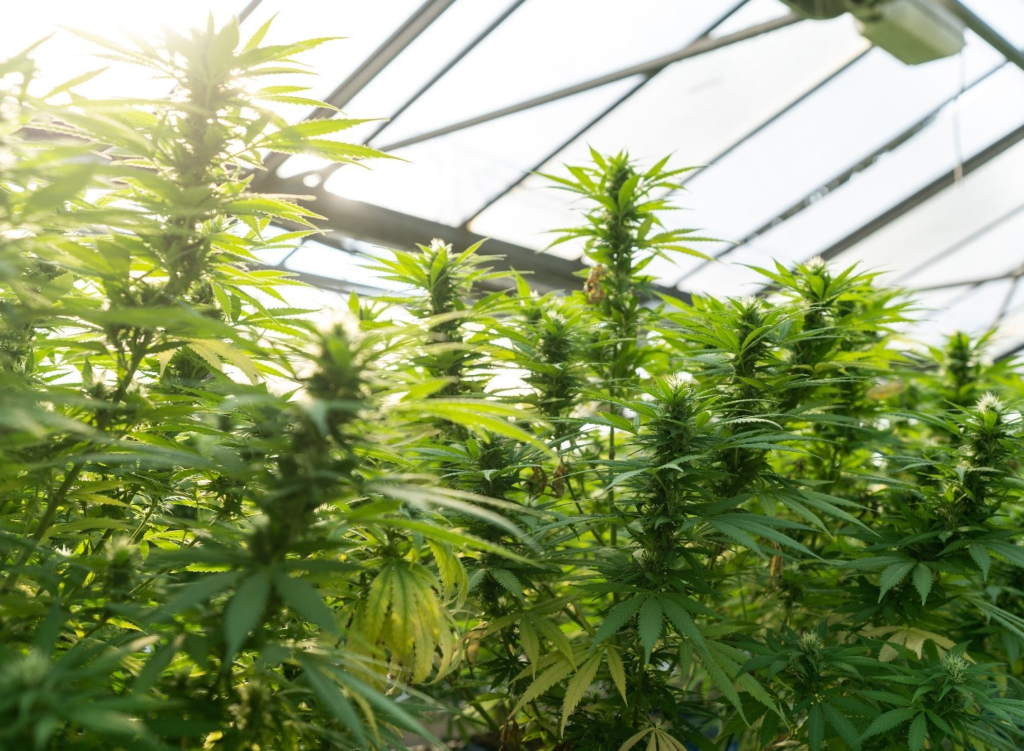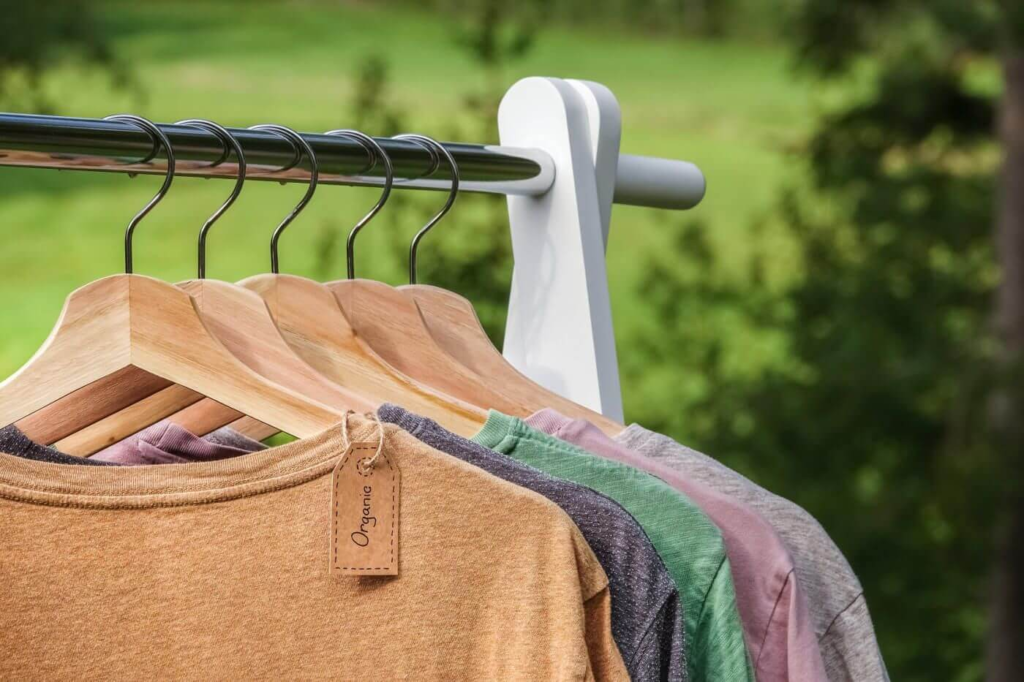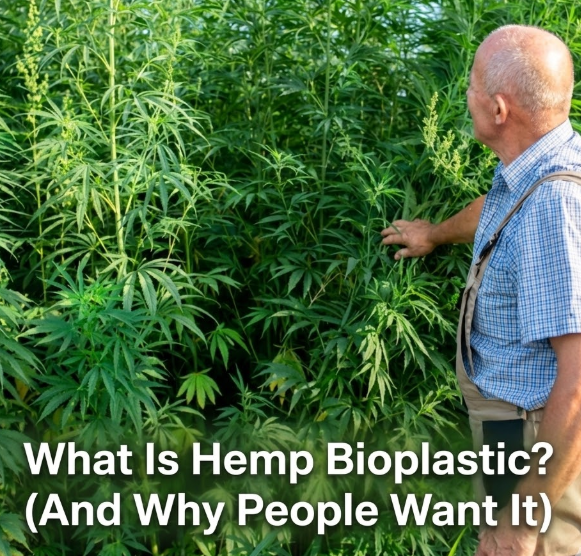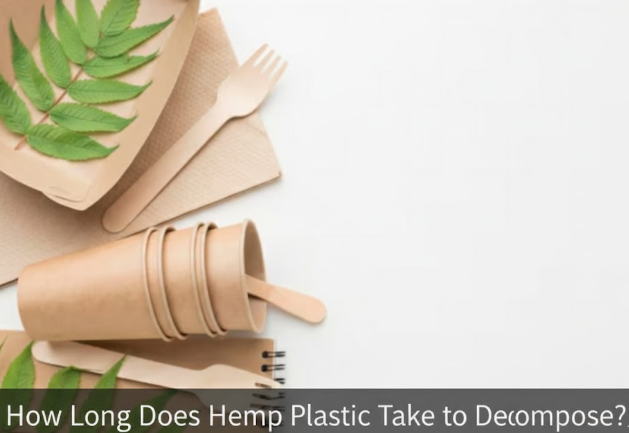7 Ways Hemp Textiles Are Better for the Planet than Cotton
Over 80 billion new pieces of clothing are sold each year. That is a staggering number and it has a staggering environmental cost. Here are just two statistics that are bound to make you sit up:
- The carbon footprint of the textiles industry is massive and it produces more carbon emissions than international flights and maritime shipping combined.
- Textiles account for almost 35% of the global microplastic pollution. These microplastics accumulate in marine ecosystems and rise up the food chain.
Though cotton clothes and linen are a staple for most of us, it is time we looked at a sustainable alternative, hemp. When we compare hemp textiles vs cotton, it clearly shows us the advantage hemp has in every way over cotton.
Hemp is not new but simply a plant we forgot. It has been around for centuries till large-scale cotton production in the 20th century eclipsed it. In this article, we will explore the many ways in which hemp is better than cotton.
Hemp textiles vs cotton: 7 planet-friendly advantages to consider
Hemp is without doubt the best alternative to cotton. Hemp textiles outperform cotton in almost every environmental metric. Below we offer an eco-friendly fabric comparison, highlighting the benefits of hemp over conventional cotton.
- Hemp Textiles vs Cotton – Which Uses Less Water?
Cotton cultivation is incredibly water-intensive. It requires around 10,000 liters of water to produce one kilogram of fiber. This can be problematic in areas where water is already scarce. Not only that, cotton depletes the ground water level.
In contrast, hemp is a champion of water conservation. It requires significantly less water than cotton, often thriving on sparse rainfall. Some studies indicate that hemp uses only half the water of cotton, or even less.
- Pesticide-Use: Which is More Pesticide-Intensive, Hemp Textiles vs Cotton?
A surprising fact. Cotton is cultivated on 2.5% of agricultural land. Yet it consumes 16% of global insecticide use and 7% of herbicides. Excess use of pesticides and insecticides leads to soil and water contamination. Rainfall causes harmful poisons to run-off into water bodies and pollute rivers.
Hemp is more sustainable than cotton because it requires fewer pesticides and herbicides. Hemp is naturally resistant to pests and diseases, so it can be grown with little to no pesticides.
- Growth Efficiency: Hemp Textiles vs Cotton in Speed and Land Use
When it comes to growth rate and yield, hemp leaves cotton far behind. This hardy crop reaches maturity in 90-100 days. It also produces significantly more fiber per acre than cotton. The rapid growth of hemp makes it ideal for manufacturing textiles. Cotton takes between 6 to 8 months to mature. This means most farmers can cultivate a single crop per year.

Hemp quickly grows two meters tall
- Soil Health Impact: Which Harms the Earth More, Hemp Textiles vs Cotton?
When considering soil health, cotton is significantly more harmful to the Earth than hemp textiles. Hemp actually improves soil quality by preventing erosion with its deep roots. These bind the soil and prevent erosion. Conventional cotton farming depletes soil nutrients and causes degradation due to heavy pesticide use and intensive cultivation practices.
Through a process called phytoremediation, hemp removes heavy metals and other pollutants from the soil and nurtures it.
- Carbon Capture: Hemp Textiles vs Cotton in Fighting Climate Change
Hemp excels in absorbing carbon dioxide and works as a highly effective carbon sink. It absorbs more CO2 per hectare than most plants. One hectare of hemp can absorb 15 tons of CO2 per year, more than any natural forest. On the other hand, the global consumption of cotton produces around 220 million tonnes of carbon dioxide. One subtracts a lot while the other adds plentifully.
- Fabric Durability: Hemp Textiles vs Cotton – Which Lasts Longer?
One big advantage of hemp is being a bast fiber it is one of the strongest natural textile fibers. Cotton textiles are made from seed fiber and are much weaker in structure.
Hemp fabric is made from strong, long fibers that are tough and do not wear out easily. A hemp t-shirt can easily last twice as long as a cotton t-shirt. It is due to this durability that hemp was widely used for clothing till the 1930s.

Hemp textile is affordable, eco-friendly and durable
- Natural Benefits: Which Offers Better Protection, Hemp Textiles vs Cotton?
Hemp has inherent antibacterial, antifungal, and UV-protective properties. In addition hemp fabric adapts well to movement, offers great breathability, and is comfortable to wear throughout the year. It tends to wrinkle less and may feel a bit stiff at first, but it softens noticeably with every wash and use.
These natural qualities reduce the need for chemical treatments during processing into yarn and lowers the environmental footprint of hemp textiles.
Hemp textiles are the smarter, greener choice
When we compare hemp textiles vs cotton, hemp clearly emerges as the more sustainable option. As consumer awareness grows and the demand for eco-friendly options increase, traditional cotton will be largely replaced by green textiles. Organic hemp fabrics are poised to play a major role in shaping a nature friendly future for the textile industries.
Vishal Vivek
Vishal Vivek is the Founder and CEO of Ukhi, a pioneering bio-materials company dedicated to ending plastic pollution by converting agricultural waste into high-performance compostable polymers. With a background in sustainable entrepreneurship and over a decade of technology experience, he leads Ukhi’s vision to create scalable, planet-positive material solutions. Previously, Vishal founded the Hemp Foundation, where he empowered more than 1,000 farmers and advanced sustainable livelihood initiatives. His work has been recognized through awards such as the HDFC Parivartan Grant and featured in leading publications like Forbes and Entrepreneur. Times Group recognized him as a legendary entrepreneur and published his biography in “I Did IT- Vol 2” alongside social pioneers like Bindeshwar Pathak (Sulabh International) and Anshu Gupta (Goonj). Vishal has authored more than 200 articles on sustainability and hemp, reflecting his deep expertise and advocacy for regenerative solutions. His commitment to grassroots impact led him to live in the remote mountains of Uttarakhand, where he immersed himself in the lives of marginal farmers, understanding their challenges and co-creating economic opportunities through hemp-based initiatives. A deeply passionate innovator, Vishal often draws inspiration from seemingly impossible achievements: “If Elon Musk can make rockets reusable, or Dashrath Manjhi can carve a path through a mountain with rudimentary tools, why can’t we eliminate the demon of single-use plastic while uplifting struggling farmers? We will make it happen—whatever it takes.” Ukhi is proud to be supported by premier institutions including IIT Guwahati, NSRCEL-IIM Bangalore, Indian School of Business (Hyderabad), Indian Council of Agricultural Research (ICAR Pusa), and the Indian Institute of Packaging. Vishal is committed to demonstrating that business can be a powerful catalyst for global environmental and social good. Connect with Vishal Vivek
Related Posts
What Is Hemp Bioplastic? (And Why People Want It)
Over the last few years, interest in hemp bioplastics has noticeably grown. People are becoming
How Long Does Hemp Plastic Take to Decompose?
Let’s start with a simple question: what really happens to plastic once we throw it away? Most of
Panama Turns to Hemp as a Green Solution to Economic Troubles
Panama’s National Assembly might just have made history. They approved a law to legalize hemp farm




